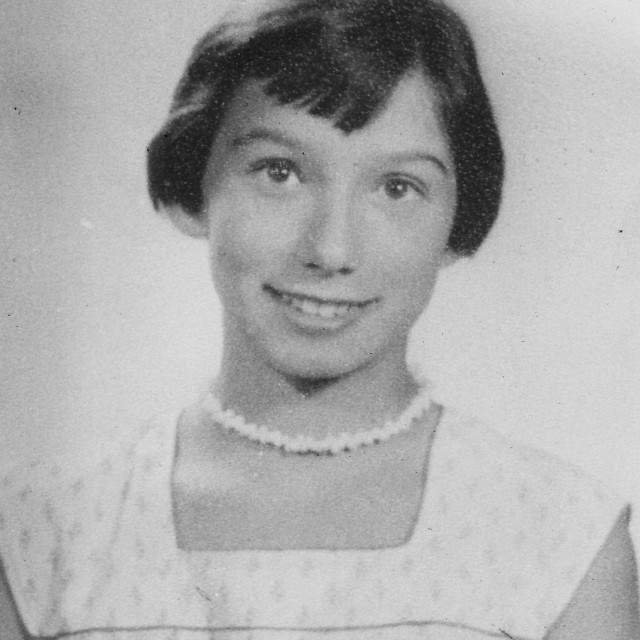Leaving on her nameday
Katalin Mester and her mother Éva Nádasdy arrived to Kapuvár from Budapest on November 24, 1956 by a crowded train. After the Hungarian revolution they decided to leave for the border and attempt to fly to Hungary, following their friends and acquaintances. They wanted to join Katalin’s father who was living in the United States. The father, Gyula Nádasy, was a former cavalry officer of the Hungarian kingdom who had emigrated to the West to avoid the pressure of the communist political police. So Éva Nádasdy and her teenager daughter chose Kapuvár as a starting point for their escape because they counted on the assistance of family contacts living there. "We got there in the evening. My mother, like a fanatic, looked for the Pintérs. An elderly couple opened the door. She was an old peasant woman in a large skirt and he an old man with a pipe. They looked at us, and asked: 'are you Éva?'” she recalled. The couple invited the refugees in their house, offered them their beds and supplied them with everything they needed. In the same evening they managed to find a smuggler who promised to help the two women to cross the frontier nearby called Balf. The next morning all of them went to mass. As Katalin recalls: "The whole village was in the church. When we returned from the church my mother realized that it was my nameday. She had a small cross around her neck, a silver cross with small diamonds. She took it off and she handed it to me.” They celebrated and then their guide arrived; "He wasn’t old, he was about forty, and didn’t speak much. My mother discussed the details with him." The mother wanted to prepare her child for the worst and she taught her indispensable information before going to bed. "She wanted to be sure that when we would cross the border I would know my father’s name, my father’s address, that I was his legal child and I wanted to go to the United States to live with him. If we were separated, if she died or she was wounded, I had to know where I would go,” she remembered. On Monday the guide came for them. They followed him resolutely with their bags. On the station they took a train again, this time to Balf.
Hodnocení
Hodnotilo 0 lidí
Routes
Not a part of any route.
Comments
No comments yet.




